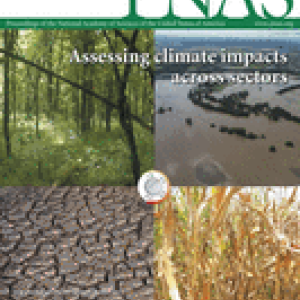This is the first global study to quantify the extent to which global crop diversity has narrowed over time and how and where those changes have occurred.
To conduct this study the researchers gathered FAO data on measured crop commodities in 152 countries (98% of the world’s population) from 1961 to 2009. In that time period they found that homogeneity per country increased by 16.7% on average, with a maximum change of 59.7%. They also found that just 50 of the measured crop commodities make up 90% of calories, protein, fat, and weight, with the greatest increase in relative and absolute abundance seen in wheat, rice, and maize. Some of those most in decline include millets, rye, sorghum, yams, cassava, and sweet potatoes. The results also indicated that, along with maize and soybean, pumpkins, alfalfa, and clover should be recognised as critical indirect contributors to food supply.
The rate of homogeneity shows no signs of slowing, with more and more people adopting Western diets of more meat and dairy, wheat, temperate vegetables and fruits, and sugary drinks. This homogenisation leaves global food supplies more vulnerable to changes in the climate, especially given the decline in availability of non-renewable inputs and the impacts of mass crop production on soil, water quality, and biodiversity. The researchers assert that it is a “policy imperative to ensure the conservation of, and access to, as wide a range of genetic diversity within global crops as possible”.
Abstract
The narrowing of diversity in crop species contributing to the world’s food supplies has been considered a potential threat to food security. However, changes in this diversity have not been quantified globally. We assess trends over the past 50 y in the richness, abundance, and composition of crop species in national food supplies worldwide. Over this period, national per capita food supplies expanded in total quantities of food calories, protein, fat, and weight, with increased proportions of those quantities sourcing from energy-dense foods. At the same time the number of measured crop commodities contributing to national food supplies increased, the relative contribution of these commodities within these supplies became more even, and the dominance of the most significant commodities decreased. As a consequence, national food supplies worldwide became more similar in composition, correlated particularly with an increased supply of a number of globally important cereal and oil crops, and a decline of other cereal, oil, and starchy root species. The increase in homogeneity worldwide portends the establishment of a global standard food supply, which is relatively species-rich in regard to measured crops at the national level, but species-poor globally. These changes in food supplies heighten interdependence among countries in regard to availability and access to these food sources and the genetic resources supporting their production, and give further urgency to nutrition development priorities aimed at bolstering food security.
Citation
Khourya C. K., Bjorkman A. D., Dempewolf, H., Ramirez-Villegasa J., Guarinof L., Jarvis A., Rieseberg L. H., Struik P. C. 2014. Increasing homogeneity in global food supplies and the implications for food security., Proceedings of the National Academy of the United States of America, doi: 10.1073/pnas.1313490111
To read the full article see here.








Post a new comment »